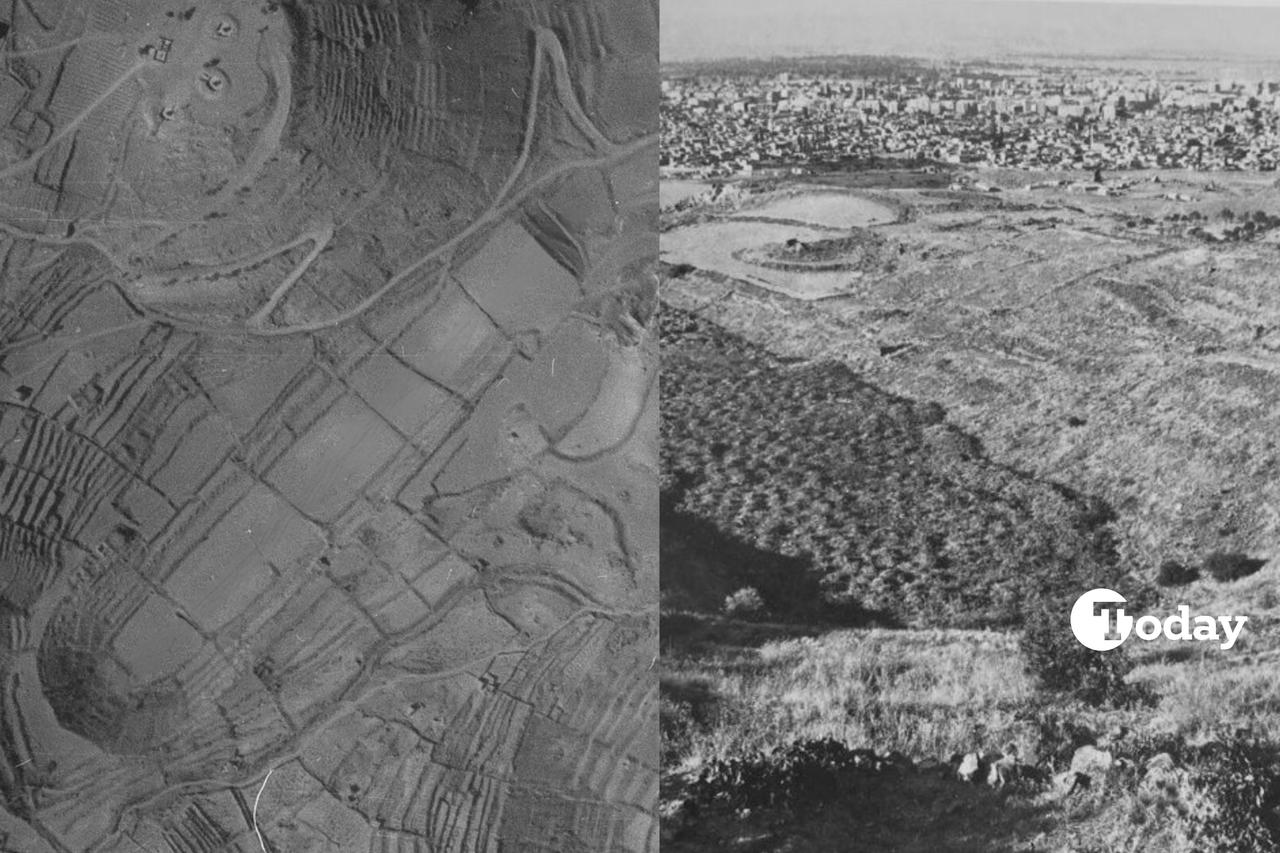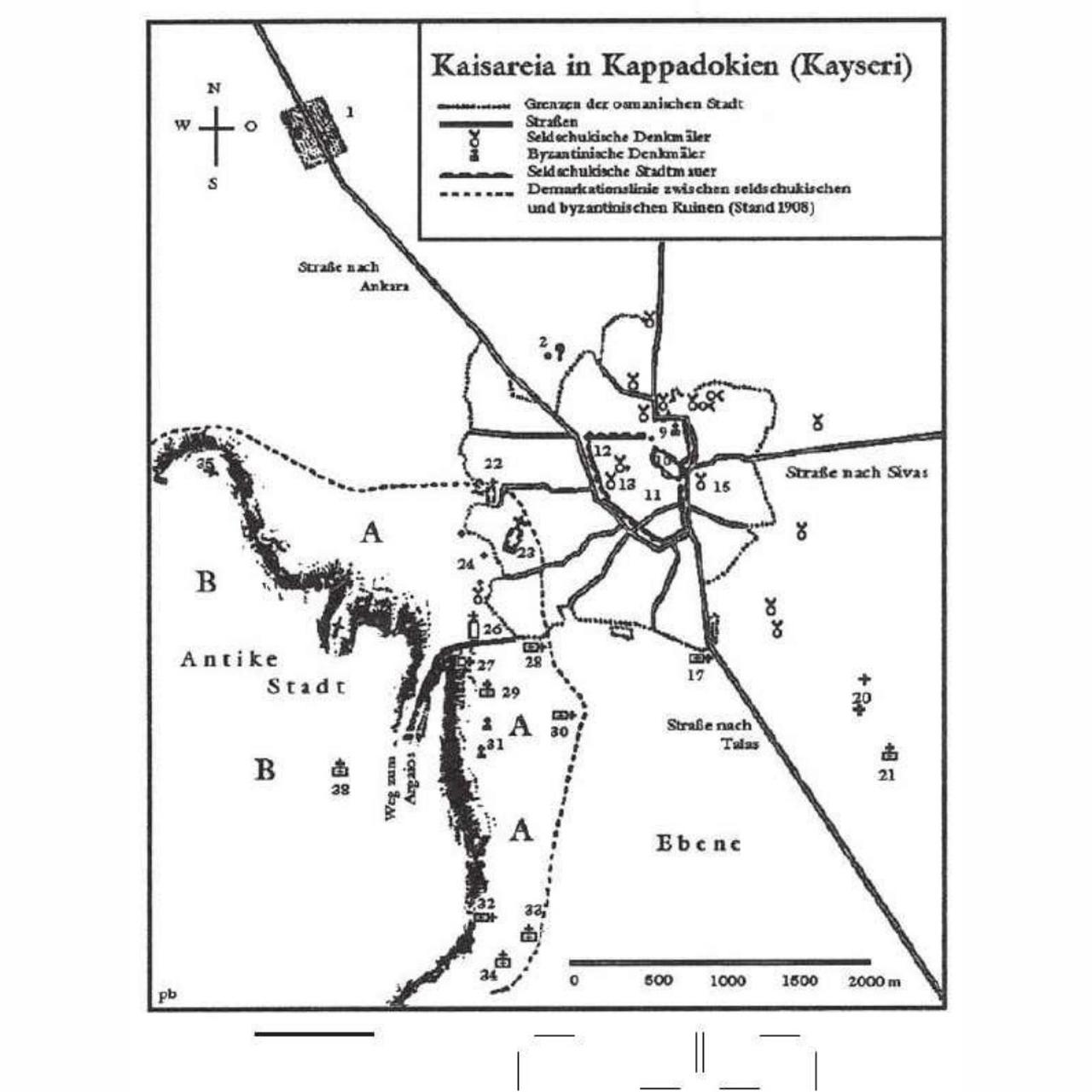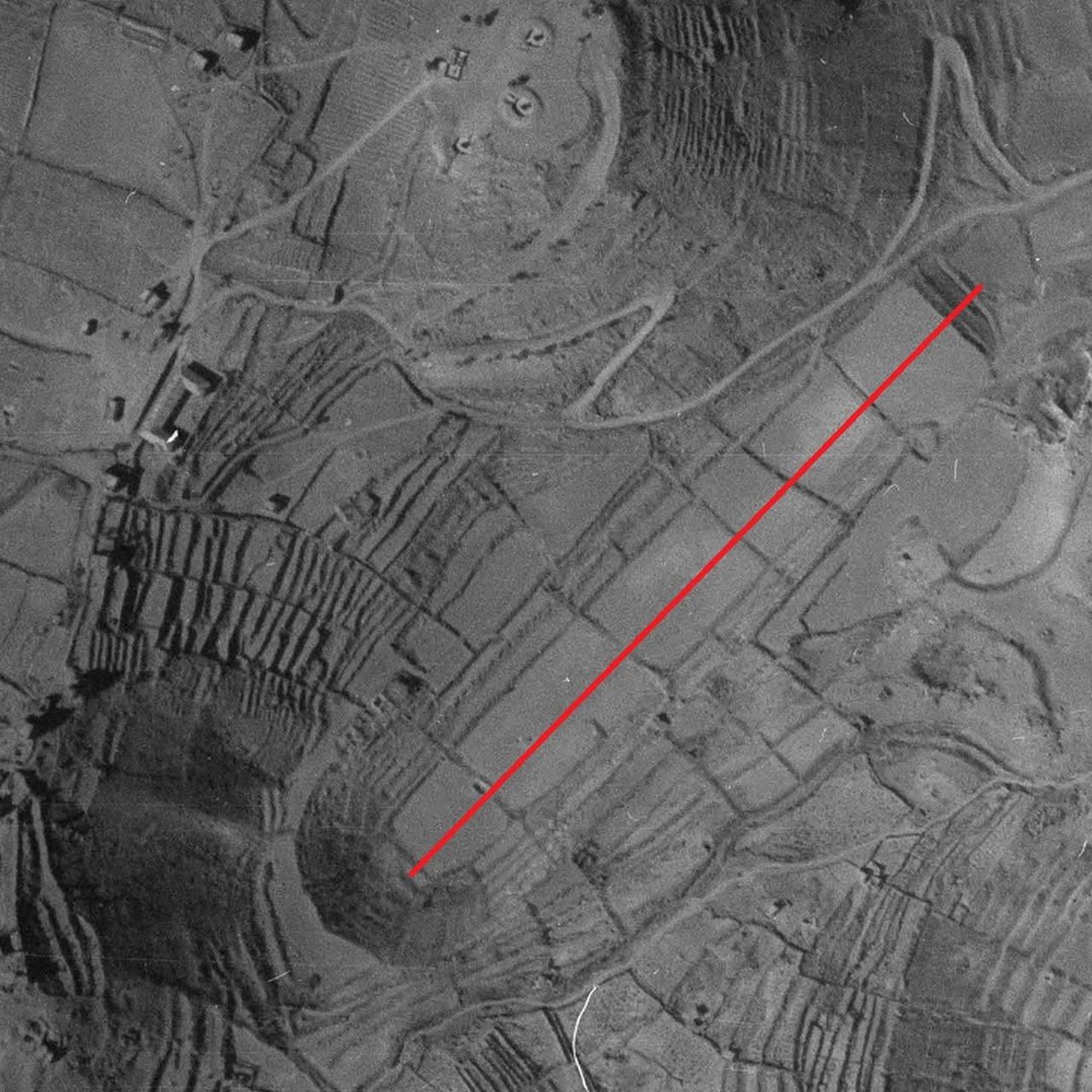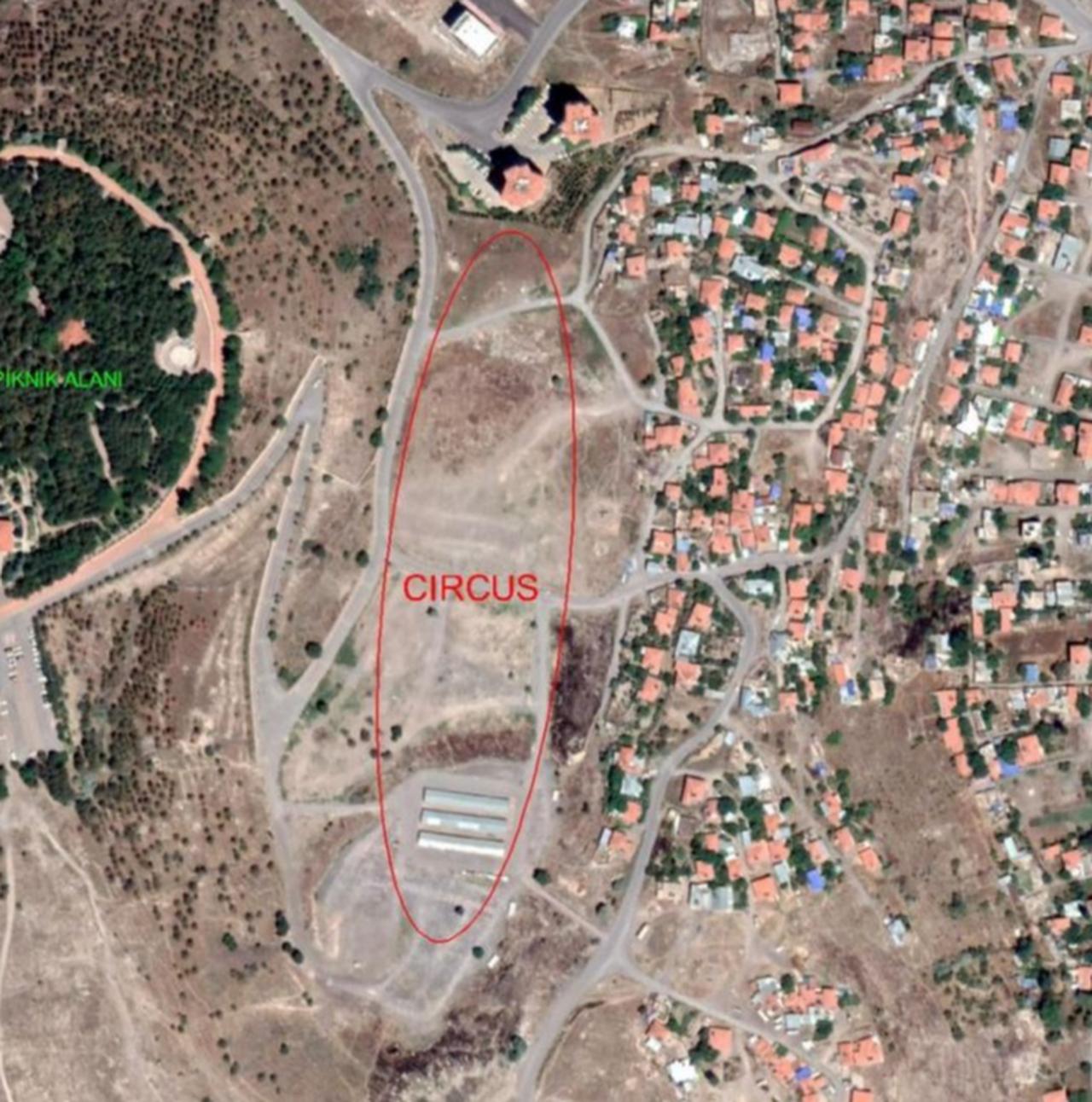
Named after the Roman imperial title Caesar, Kayseri has revealed traces of a Roman-era hippodrome (circus)—only the third such racecourse ever found in Anatolia—following extensive map studies and geophysical surveys.
Experts from Kayseri Metropolitan Municipality identified the footprint of an ancient hippodrome—Latin: circus, a long, U-shaped venue where horses and chariots raced before large crowds.
Measurements and analyses suggest the circuit stretched about 450 meters, placing it among the larger civic arenas of its time in the region.

Researchers first reviewed notes by travelers and historians including Gregorios Bernardakis, Levides, Arshak Alboyaciyan, Vital Kunet, and Friedrich Hild. On a map drawn by Bernardakis, they spotted a structure labeled “Circus.” By matching that plan against current aerial imagery, they narrowed down a likely location.
Ortho-photos and historic aerials from the General Directorate of Mapping then showed the area was used as a city landfill between 1950 and 1980, accumulating roughly 20 meters of fill—an episode that helps explain why the structure remained hidden.

At the start of the Hellenistic era, the city was known as Mazaka. Around the mid-third century B.C., a settlement called Ariarathia—thought to be near today’s Pinarbasi—was moved adjacent to Mazaka. Under the Ariarathes dynasty, the capital took the name Eusebia of the Kingdom of Cappadocia.
After being incorporated into Rome under Emperor Tiberius (A.D. 14–37), the city was renamed Caesarea, a title derived from Caesar, marking its elevated status within the empire and its direct connection to imperial authority. It became a leading center of both the Cappadocia province and the Roman world.

Following Mayor Dr. Memduh Buyukkilic’s directive, archaeo-geophysical work confirmed the presence of the hippodrome (circus). On September 25, 2025, the Kayseri Regional Council for the Conservation of Cultural Heritage registered the zone as a 3rd-degree archaeological site by decision No. 9093. Dating investigations are still underway.